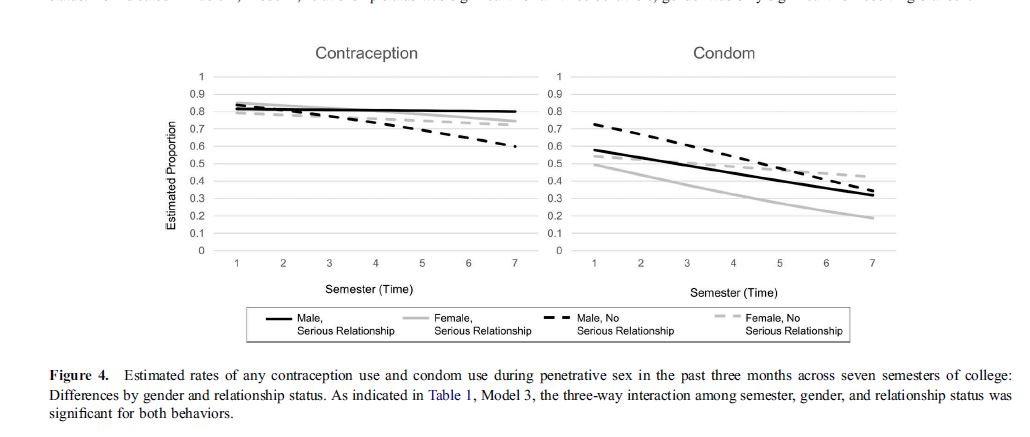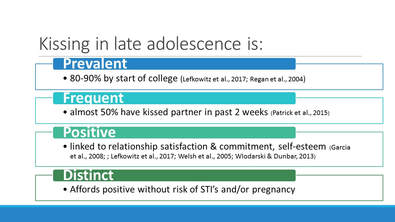Adolescents who are liked by their peers are more likely to have sex, which could place them at higher risk for negative outcomes such as STIs and unwanted pregnancy. However, less is known about whether peer acceptance in adolescence is associated to longer term sex-related outcomes in young adulthood. We used longitudinal sociometric data from the PROSPER study, which followed youth from early adolescence into young adulthood. During adolescence, well-liked individuals were more likely to have sexual intercourse by age 16. In young adulthood (age 19), well-liked individuals were more likely to have sexual intercourse (a normative behavior by this age) but less likely to be diagnosed with an STI (a risky outcome). For boys (but not girls), being well liked in adolescence was associated with having more past-year partners in young adulthood. Peer acceptance was not associated with other potentially risky outcomes like sex without a condom or casual sex. The findings suggest that well-liked adolescents experience healthy sexual development into young adulthood, even though they are more likely to be sexually active by age 16.
“Being well liked in adolescence linked to healthy sexual development in young adulthood first appeared on Eva Lefkowitz’s blog on June 6, 2019.”



 RSS Feed
RSS Feed
